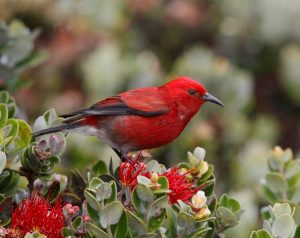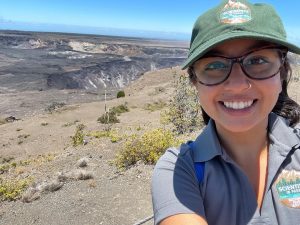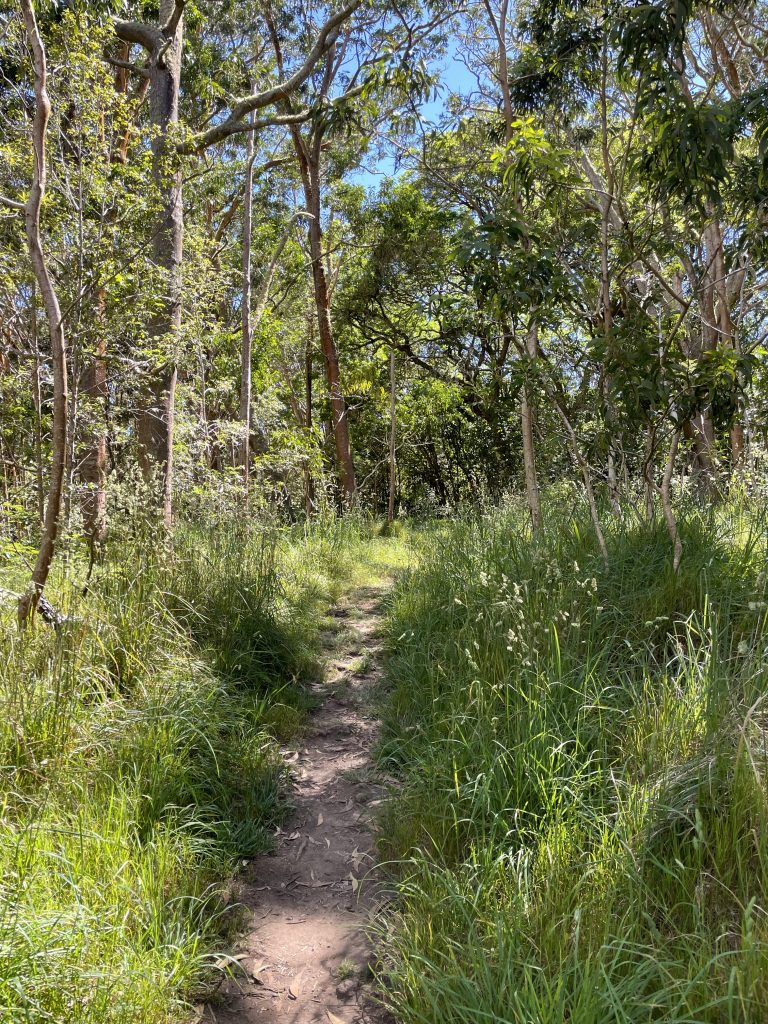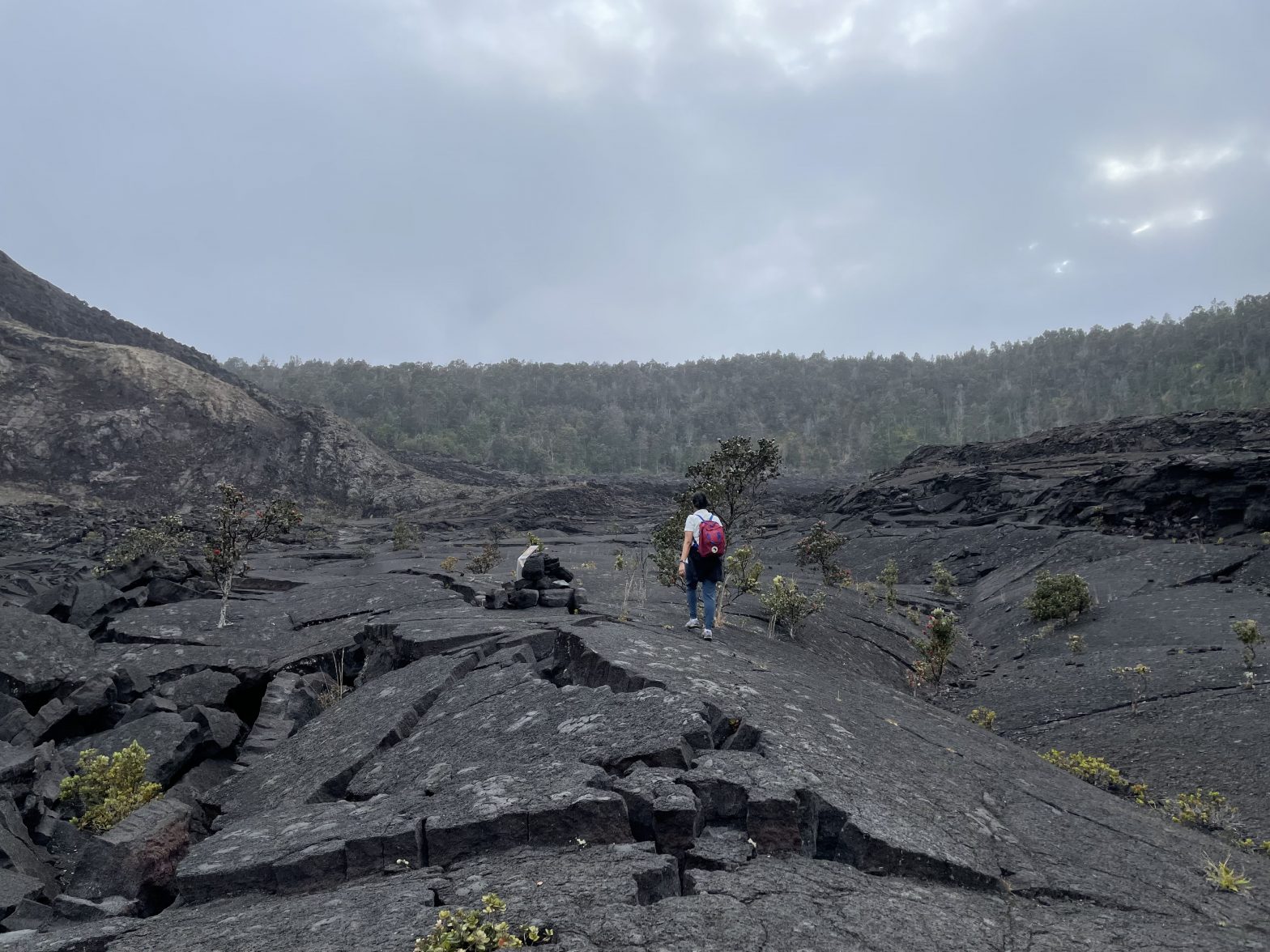The beautiful Hawaiian honeycreeper birds are cultural symbols across Hawai’i for many reasons. They are endemic to the islands, so you can’t see them anywhere else, and they’re a fantastic example of adaptive radiation, meaning they quickly diversified from an original species into numerous different species based on their specific niches (think Darwin’s finches). These birds come in tons of different colors – from red to yellow to black – though many have gone extinct since the islands became populated by people (and especially since European arrival).
According to Hawaiian mo’olelo (legend and history), the birds got their color from the kupua (supernatural entity) Maui. The ancient Hawaiians were always appreciative of the birds of Hawai’i – their songs could be heard across the skies and the graceful movements of their wings caused the trees to follow suit. Though the Hawaiians knew the birds were around, they were invisible – and only Maui could see them. When another kupua came to visit Maui, he called upon the birds to fly and sing, eventually letting the other kupua and the people see their beauty. It is even said that the birds were painted by Maui himself!

The feathers of the birds have thus been used in Hawaiian traditions to create leis and adorn cloaks and helmets for nobility. Certain honeycreepers, such as the ‘apapane, serve as kinolau, or physical embodiments and representations of ancient Hawaiian deities. The Hawaiian honeycreepers are tied strongly with native Hawaiian culture as birds of great significance, a testament to their natural significance as endemic birds that serve important ecological roles across the islands. From pollination to seed dispersal to other-species management through predator-prey relationships, the Hawaiian honeycreepers are essential to local ecologies.
Unfortunately, they are also extremely susceptible to the impacts of human activities. Invasive species from and habitat destruction by European and American colonization have drastically reduced honeycreeper populations (and resulted in many species’ extinctions). The honeycreepers are also experiencing the effects of climate change in various ways. As temperatures rise, mosquitos that serve as vectors of avian malaria are able to populate higher elevations where honeycreepers reside, leading to even more reduced populations of these beautiful birds. With climate change (and other human activities), the Hawaiian islands and people risk losing a part of their history and their ecology. The preservation of both, neither above the other, is vital.

This summer, I’m working at Hawai’i Volcanoes National Park to build a high school climate science curriculum that helps students better understand how climate change not only impacts the environment, but also culture. The goal of the Park is to preserve the island’s natural and cultural resources through various methods, one of which is educating and inspiring youth. That’s where I come in, with my awesome coworkers! I am super grateful to help remind students that their ecologies have a rich natural and cultural history that they are deeply connected to. As part of the curriculum, I’m planning lessons that show how intertwined these histories are and helping students brainstorm how we can mix approaches to combat climate change. I get to do hikes around the park and plan lessons based on them – my two favorite activities combined!

I just finished a honeycreepers lesson for students. Walking through Kīpuka Pua’ulu, a short hike at the Park nicknamed ‘bird park’, students get the opportunity to hear and see honeycreepers high in the trees (thanks, Maui!) as they learn about their importance and the threats they experience. They’ll also learn that these threats impact not only the birds or the ecology, but also the native Hawaiian people and the continuation of their stories. The team I work with at the Park hopes this curriculum will inspire high school students to fight to preserve the land and the people of Hawai’i from destructive human activities.
As my summer progresses, I’ll update more on the lessons I’m building and the things I’m learning along the way! Stay tuned for more 🙂
Special thanks to Kealani Haney for her immense knowledge and her willingness to share it.

